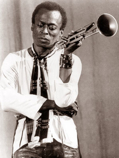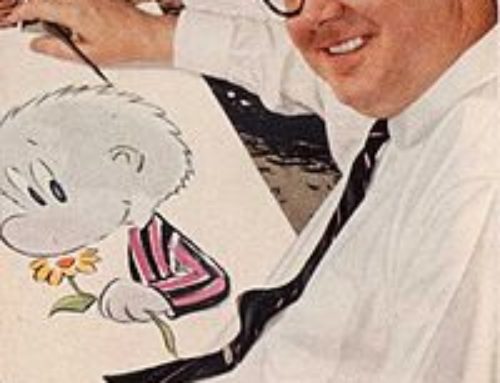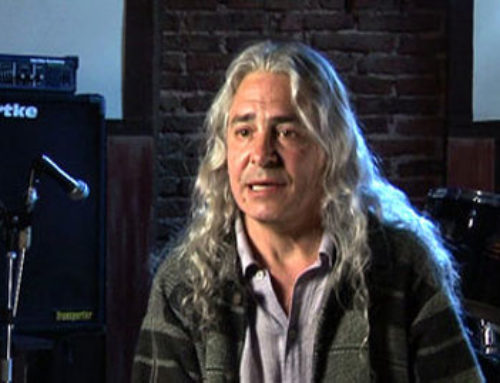Project Description
Miles Davis was born on May 26, 1926 in Alton, Illinois. Davis was influenced by his blues pianist mother to play the piano at an early age, but he instead chose to go with his father’s preference, the trumpet. His father, a dentist, gave Miles a new trumpet and lessons with a local musician. He began the lessons at the age of 13 and within 3 years was working with and was a part of the musician’s union. In 1944, Davis received a scholarship to the Julliard School of Music in New York City, but Julliard was not his real destination.
In NY, Davis teamed up jazz greats Charlie Parker and Dizzy Gillespie. He quickly moved up to become the trumpet player for Charlie Parker’s group for nearly 3 years. Davis released several singles including collaborations with artist Gil Evans, with whom he created a nonet (9 members) that used non-traditional instruments in a jazz setting, such as French horn and Tuba. Davis invented a more subtle, yet still challenging style that became known as “cool jazz.” The recordings of the nonet were packaged by Capitol records and released under the name The Birth of the Cool. The group featured Lee Konitz, Gerry Mulligan, and Max Roach, among others. This was one of the first instances in which Miles demonstrated a recurring move that angered some: he brought in musicians regardless of race.
Following his quick found fame, Davis acquired a heroin addiction. In 1953, he returned home to live with his parents and seek out help for his addiction. Davis would return in 1955 and make an immediate impact with his performance of Thelonious Monk’s classic Round Midnight at the Newport Jazz festival. He then signed a deal with Columbia Records and released several more albums.
Throughout the 1960’s and 1970’s, Davis went on to record many classics and participate in many collaborations, but the late 70’s found him once again addicted to drugs. In 1979, he rekindled a relationship with actress Cicely Tyson who aided him in getting rid of his drug addiction and finding his passion for music once again. The two got married in 1981, but would be divorced by 1988.
Davis’ creativity extended beyond his cool sounds to the visual arts. He was a mostly self-taught artist. He became inspired by the Milan-based design movement known as “Memphis” whose theme was based on hot colours and clashing. shapes. Davis worked primarily with acrylic, pastes, pencil and markers, especially favoring large canvasses with ample space. He continued under this influence for nearly two years during which time he created a substantial collection of work.
Toward the end of his career, Davis hauled in three Grammy Awards. The first two he received in 1989, one for Best Jazz Instrumental Performance, Soloist and the second for Best Jazz Instrumental Performance, Big Band. In 1990 Davis received the Grammy Lifetime Achievement Award. On September 28, 1991 Miles Davis died at the age of 65 due to a stroke, pneumonia, and respiratory failure.







Leave A Comment